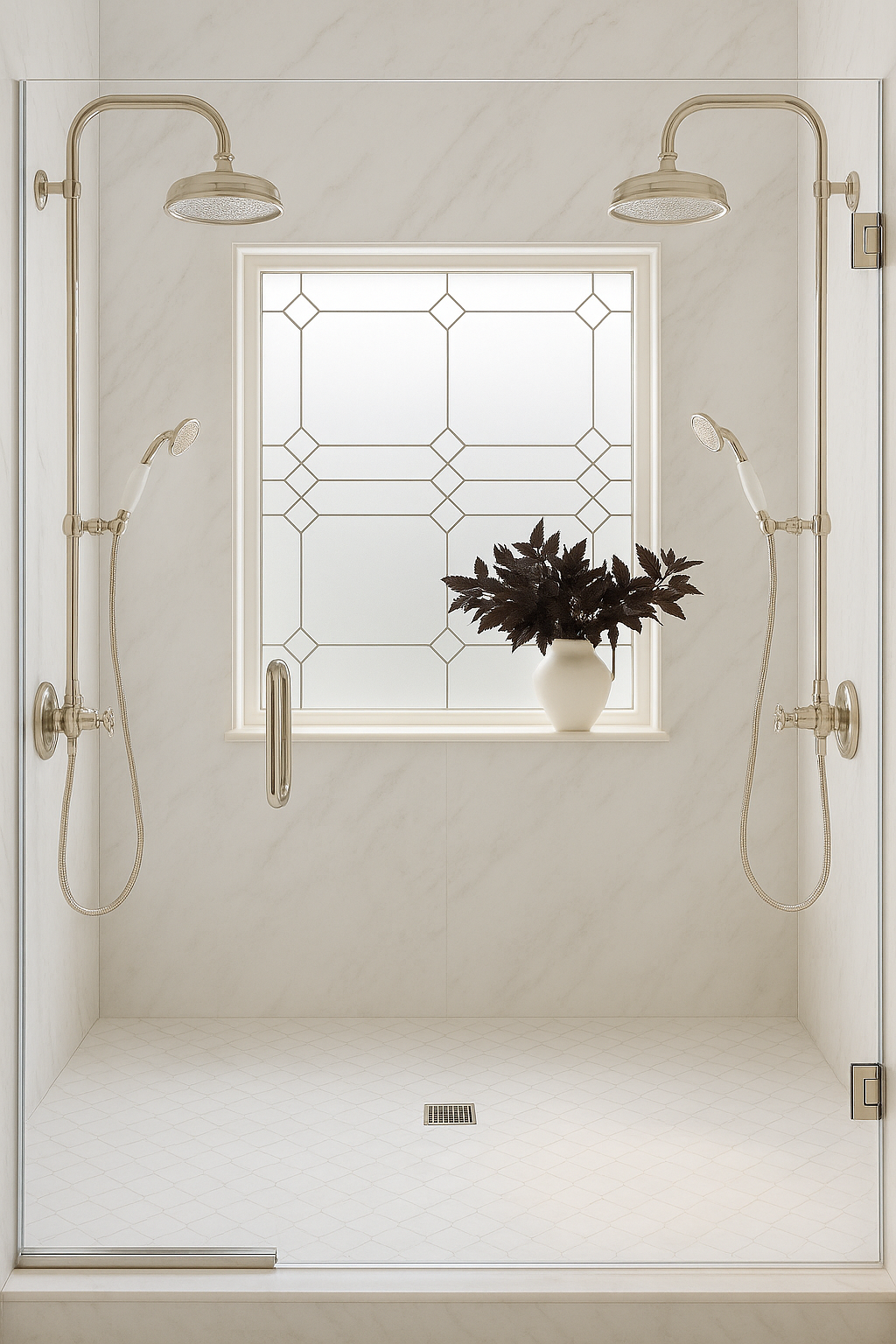Why Your Contractor Isn’t a Designer (and Why You Need Both)
If you’ve ever watched a remodel fall apart, chances are it wasn’t about bad materials—it was about missing collaboration. Homeowners often hire a contractor expecting a beautiful result, or a designer expecting flawless construction, but the magic happens when the two work together from day one.
At House of Life and Love and Corley Building Company, we see it all the time: when design and build speak the same language, your project moves faster, looks better, and costs less in the long run.
1. The Designer’s Role: Vision, Function, and Flow
A designer isn’t just choosing paint colors and pretty pillows. Designers create a roadmap—one that considers how light hits the space at 3 p.m., how cabinetry proportions feel next to trim height, and how finishes connect from room to room.
A great design ensures your contractor never has to guess. Every outlet, sconce, grout line, and cabinet overlay has intention behind it. That’s what keeps your project from looking “almost right” to looking custom-made for you.
2. The Contractor’s Role: Precision, Safety, and Structure
Your contractor turns the vision into reality. They know local codes, load-bearing limits, sequencing, and how materials perform over time. A contractor’s focus is how to build—how to frame, plumb, wire, and execute what’s on paper so it stands the test of time.
When a contractor has clear design documentation, their crew can work efficiently, avoiding the on-site “how should we do this?” moments that create delays and extra costs.
This was a project HLL and CBC worked on a few years ago.
3. Where Things Fall Apart (and How to Avoid It)
When the design plan arrives halfway through framing—or not at all—confusion sets in.
That’s when you end up with:
Tile centered wrong on a wall
Lighting that doesn’t align with mirrors
Cabinet fillers or awkward trim reveals
Or outlets cutting through your backsplash masterpiece
Our clients know we don’t leave those details to chance. Design leads the build—not the other way around.
4. The Power of a Design-Build Team
By working with a design-build team like House of Life and Love x Corley Building Company, every decision flows through a single, cohesive lens.
The builder knows the design intent, the designer understands construction constraints, and you—the client—get peace of mind knowing the process is streamlined and beautifully executed.
You don’t have to be the go-between. We handle it all:
Concept boards and 3D renderings
Budget alignment and sourcing
Procurement, project management, and installation
All under one roof.
5. The Hidden Cost of Skipping a Designer
Many homeowners think skipping the designer will save money—but it usually costs more in the end. Without a designer guiding the layout, finishes, and details, decisions often happen on the fly. That leads to last-minute changes, mismatched materials, or spaces that simply don’t flow once they’re finished. Revisions mean reorders, delays, and double labor costs. A skilled designer prevents those “wish we had thought of that sooner” moments by creating a clear plan from the start—protecting both your investment and your peace of mind.
In this particular project, we selected the faucet system before construction even began so our Corley Building Company team could confirm it would work with the home’s existing 1980s plumbing. It turned out—it wasn’t compatible! But because we addressed it early, we were able to collaborate with the plumber, find a solution, and keep the project moving forward—all before the homeowner ever had to worry.
Now imagine if that faucet had been ordered at the last minute: the plumber arrives for installation, the parts don’t fit, and suddenly there are costly delays and unexpected expenses. Thoughtful planning upfront prevents those headaches later—and that’s exactly why we’re so intentional about every decision from the start.
6. Real Results, Real Homes
From Liberty Park kitchens to Mountain Brook baths, our favorite transformations always share one thing: collaboration.
When design and construction work together from the start, your home feels intentional—cohesive, functional, and effortlessly elevated. Design and build aren’t opposing forces; they’re two halves of one creative process.When they unite, your home tells a story that’s beautifully built and thoughtfully lived in.
Love,
Lindsay


